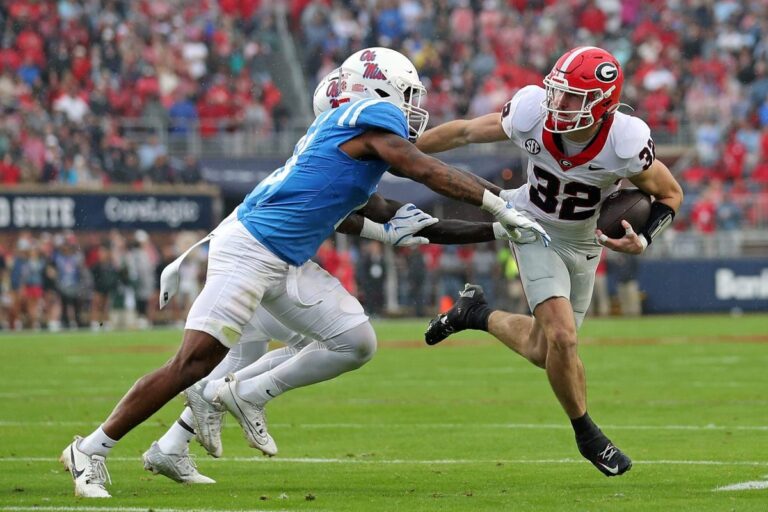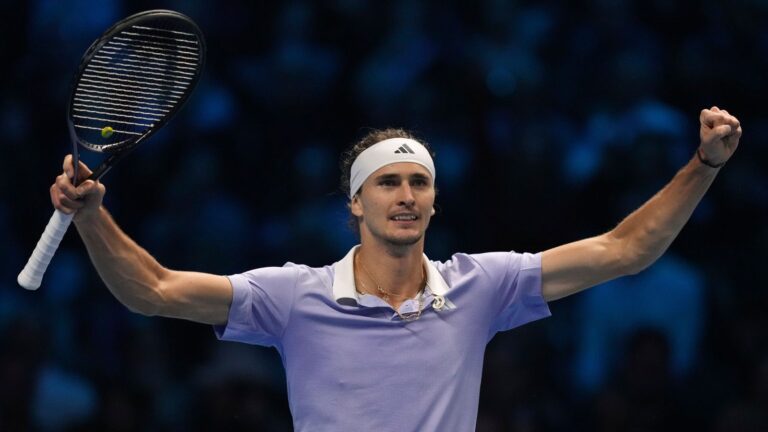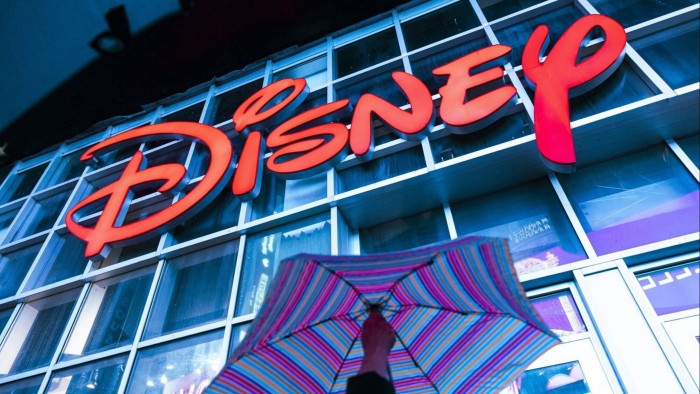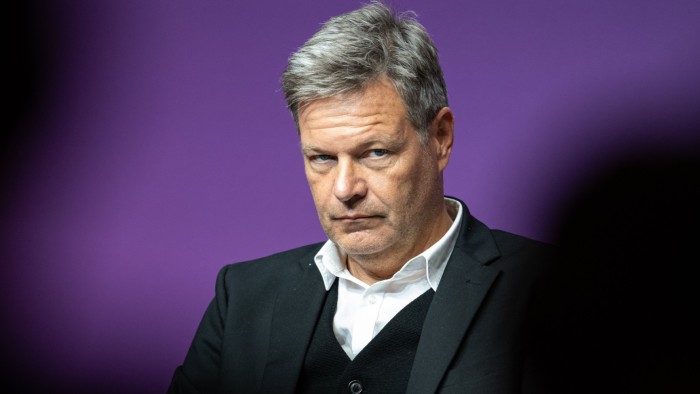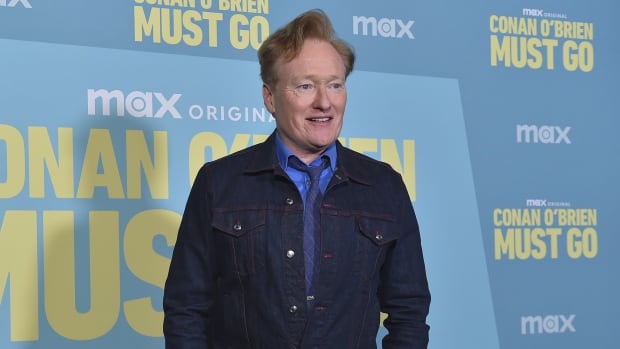
The Board of Control for Cricket in India, or B.C.C.I., has designed the Women’s Premier League to be a sister version of the I.P.L. Of the five franchises, three went to existing owners of I.P.L. teams. Reliance Industries, owner of the Mumbai Indians, spent $112 million to add the Mumbai women’s side to its portfolio. Diageo, which runs the Royal Challengers I.P.L. franchise, handed over a similar amount for the Bangalore team. A joint venture between JSW and an infrastructure company, GMR, which together control the Delhi franchise in the I.P.L., successfully bid $99 million for the new women’s side that will also be based in the capital.
The other two franchises were won by new entrants to Indian cricket: The Adani Group, a conglomerate owned by one of Asia’s richest men, made the largest bid — $158 million — for the team based in Ahmedabad, while Capri Global, a financial lender, bought the Lucknow team for $92 million. Both companies had previously been outbid in attempts to buy I.P.L. expansion teams.
To drive up the value of the franchise sales, the Indian governing body first announced the sale of media rights to the Women’s Premier League this month: At a closed-bid auction, it sold five years of domestic television and digital rights to the tournament to Viacom18 for $116 million. According to Jack Genovese of Ampere Analytics, a media research firm, that made the W.P.L. — a monthlong championship that has yet to play a game — the second-most valuable women’s sports league in the world, behind only the 12-team W.N.B.A.
In addition to the sheer size of the Indian market, Genovese said, “having franchises that operate in both the men’s and women’s leagues helps to build on existing narratives and creates a sense of familiarity for the W.P.L.”
Some of the money raised from the media rights sale will be invested back into the game through player salaries, which will help to ensure the participation of the world’s best players. Although salary figures have yet to be confirmed by the B.C.C.I., base prices for players at the auction — a high-stakes marketplace in which teams bid for individual players one at a time — are likely to range from $12,000 to $60,000 for the four-week competition. The most in-demand players, such as the Indian internationals Harmanpreet Kaur and Shafali Verma, and leading overseas stars from England and Australia, are expected to earn several times more than the base salaries.
Some critics have raised concerns that the money that will pour into women’s cricket through the W.P.L. will be funneled disproportionately to a handful of people at the top of the sport. “It would be better to organize a tournament which explicitly seeks to redistribute wealth in women’s cricket,” said Raf Nicholson, a historian of women’s cricket at Bournemouth University in England. “But unfortunately, we seem to be following the path set out by the men, which just makes the rich richer.”
